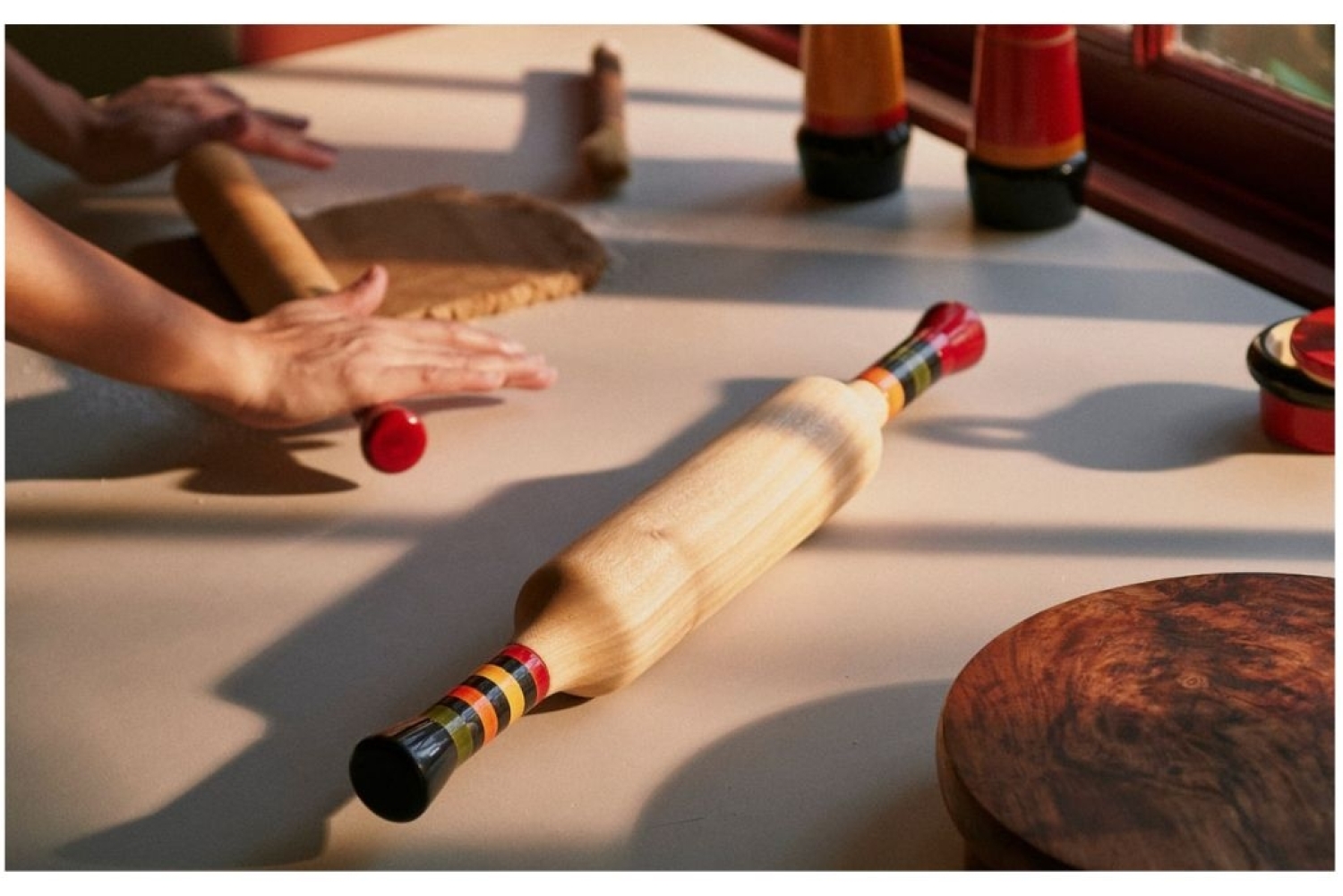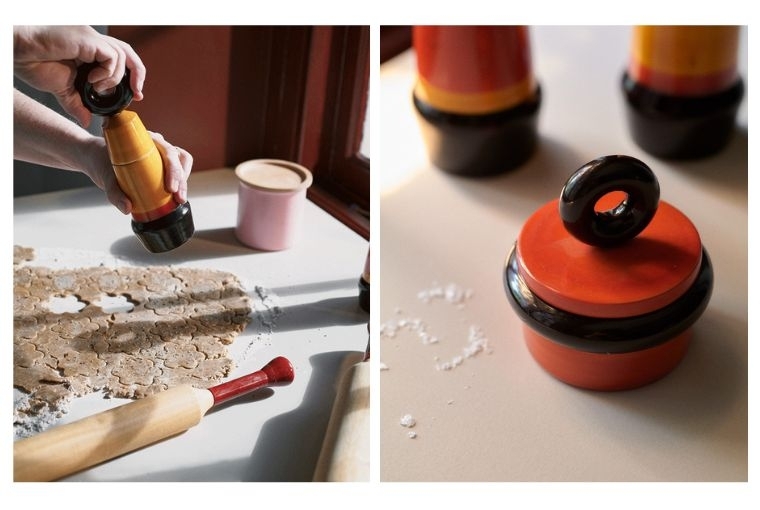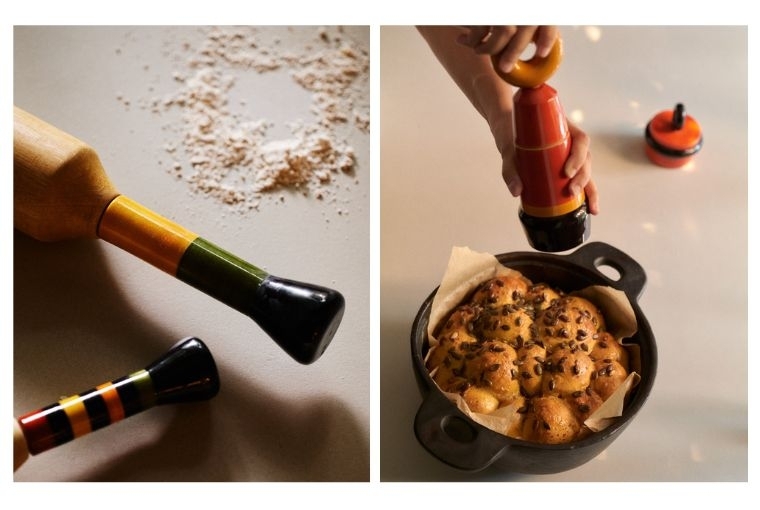

In 2013, Spandana Gopal founded Tiipoi, a product design studio creating minimal, practical objects that reflect everyday life in India. Gopal was driven to challenge dated clichés about India. Today, the studio operates between London and Bangalore and showcases India’s craft heritage in a contemporary light.
Beyond Stereotypes: Tiipoi's Origin Story
Living in the UK, Gopal noticed that 'a pre-colonial idea of India' still persisted abroad. Many people associated Indian design with 'lots of colour, lots of kitsch… yoga, spicy food, spiritual holidays.' Determined to present a more authentic and nuanced vision, she looked to everyday Indian objects for inspiration. 'I was interested in how objects of the household and this utilitarian way of life could be translated in a new context abroad,' Gopal says. Believing that India had 'a lot to say in that regard' beyond the stereotypes, Gopal launched Tiipoi with the aim of telling the untold stories of Indian daily life through design. Even the brand’s name carries a piece of this mission: Tiipoi comes from 'teapoy' (a colonial-era small table), a word itself born from miscommunication (teen-pai, or 'three legs', became 'tea-poy'). Gopal loved how something was lost and gained in translation – much like her own cross-cultural journey in design.

Where Craft Meets Design
A cornerstone of Tiipoi’s approach is merging traditional Indian craftsmanship with modern design thinking. Gopal and her team collaborate closely with artisans across India, investing time to build trust and understanding. 'We try to build a relationship with a craftsperson or an artisan over a period of time,' she explains. The goal is to produce collections at scale without losing their handmade character. That means tackling issues of quality control and consistency, while embracing the quirks that give craft objects their soul. 'We wanted to make products that were useful as well as beautiful, not just souvenirs, but something that could be used as part of daily life,' says Gopal.
One craft Tiipoi has focused on is Channapatna lacquerware from Karnataka, known for its glossy wooden toys. Tiipoi’s recent Tipu Collection, named after Tipu Sultan, a ruler who patronized the craft, celebrates that legacy with vibrant salt-and-pepper mills and rolling pins. 'It features unique forms finished with a completely food-safe, biodegradable lacquer,' Gopal notes. This natural coating is made from resin and vegetable dyes, and even the wood is sustainably grown by local farmers.
Another material close to Gopal’s heart is the black pottery of Longpi in Northeast India. Tiipoi’s Longpi Karipot has become one of its signature products – and the one Gopal is most proud of. 'I think for me, it's the Karipot, because it was the hardest product to crack,' she admits. In Longpi, pots are made by hand using age-old methods that don’t easily translate to mass production. Bringing this traditional cookware to market meant rethinking the process from the ground up. Gopal’s team worked for years to bridge logistical and cultural gaps, even bringing a Longpi potter to their Bangalore studio. 'We designed a unique system for firing and drying these pots,' she says, describing the extensive R&D undertaken to ensure each piece was high-quality. Through rigorous testing and perseverance, Tiipoi has successfully produced the Longpi pots in volume. As Gopal puts it, 'that's where I think design comes to solve the problems of craft.'

Inspired by Everyday India
She fondly recalls Sunday family lunches at her grandmother’s house, where the kitchen pantry was a treasure trove of traditional containers. 'She had all these barnis and jars filled with produce, like a little warehouse,' Gopal says. 'The forms of those vessels – ceramic, brass, aluminium… never any plastic. I feel a nostalgia for a time and material that's disappearing.' That simplicity and material integrity continue to inform Tiipoi’s design philosophy today.
Learning to Let Go
Over the years, running a craft-based design studio has taught Gopal patience. One of her biggest lessons was learning to detach herself from her work and trust the process. 'It's very confusing when you become your work,' she reflects. Gopal had to learn to delegate and accept that not everything will go as planned. She now follows a simple philosophy: 'suffer what there is to suffer and enjoy what there is to enjoy.' Embracing this mindset, she says, allows her to ride along on the journey instead of feeling solely responsible for every outcome.
Sustainability and Future Plans
Looking ahead, Gopal remains cautious yet curious about new materials like terracotta and glass. 'We don't want to do it in a way that’s just decorative or superficial,' she notes. Indeed, every product Tiipoi creates must align with its commitment to sustainability and circular design. 'We have to think about what we make,' she emphasizes. Tiipoi designs its products with their end-of-life in mind – there’s always a way to reuse or dispose responsibly. 'If you buy a Karipot and it cracks, you can use it as a planter in your garden, that's the end of life,' she explains. By keeping materials simple and pure, Tiipoi ensures that consumers can easily recycle or repurpose each object. It’s a thoughtful approach that puts as much responsibility on makers as on users.
Words Harita Odedara
Date 13-8-2025